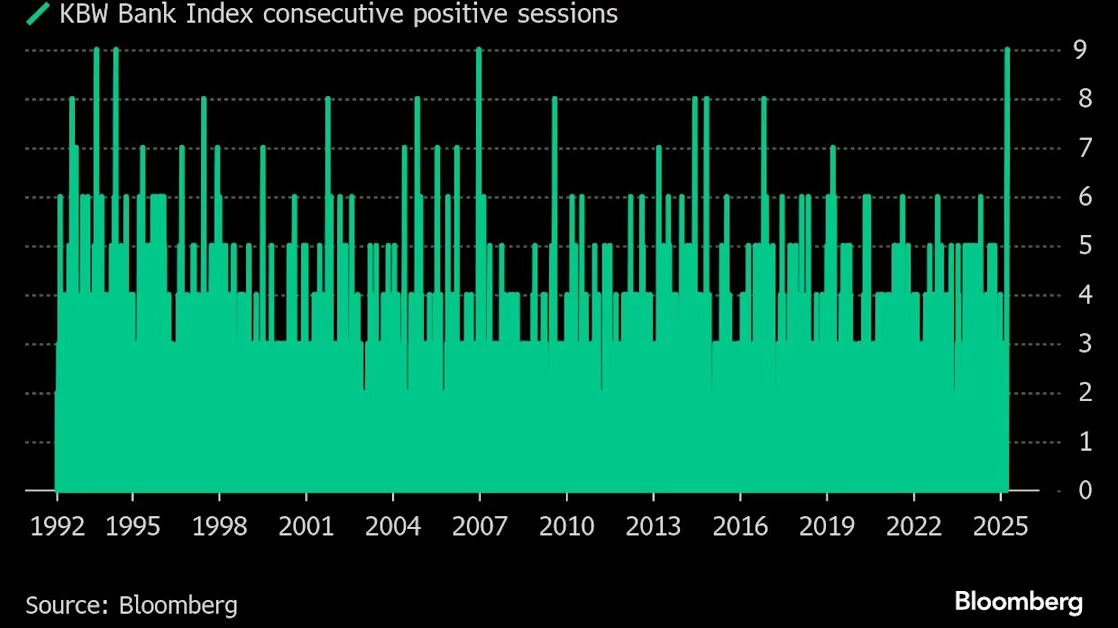(Bloomberg) -- US Treasury yields climbed after resilient economic reports prompted traders to slightly trim their expectations for the scope of Federal Reserve easing this year.
Yields were some 3 basis points higher across maturities after the second quarter US GDP growth rate was unexpectedly revised higher and weekly initial jobless pointed to a steady employment sector. An inflation gauge in the GDP report also increased, though a measure of core prices for personal spending was revised down.
The market trimmed its pricing of interest rate cuts by a couple of basis points after the data. Traders see 31 basis points of easing at next month’s Fed meeting, fully pricing in a quarter-point cut and about 25% odds of a half-point cut. For the year, traders expect just under 100 basis points of cuts, keeping alive the prospect of one jumbo easing over the three remaining Fed meetings in 2024.
“We do see lower rates from here but it is not going to be a straight line,” Earl Davis, head of fixed income at BMO Global Asset Management, told Bloomberg Television.
“It would not surprise us if we get 4% 10-year yields — that is a level where you start backing up the truck,” he said. BMO plans to add to their existing long positions if that eventuates.
For more than a year, the central bank has kept rates at a two-decade peak above 5%, and for some time bond traders have been willing to price in aggressive rate cuts on the basis Fed policy has become too restrictive as the pace of inflation has steadily declined. Fed Chair Jerome Powell set the stage at Jackson Hole last week when he said “the time has come for policy to adjust.”
Traders are running ahead of a central bank that has opened the door to cutting rates in September, with around 210 basis points of easing priced across the nine scheduled Fed meetings over the next 12 months.
It leaves a Treasury market that has enjoyed a substantial rally over the past four months on hold, waiting to see whether August employment data at the end of next week seals the current pricing of a quarter-point cut or paves the way for a larger easing at the Fed’s Sept. 17 to 18 meeting.
The rise in yields left a closely watched spread just shy of regaining a normal, positive slope. The margin by which US two-year yields exceed 10-year yields dwindled to around three basis points. A year ago the two-year was around 80 basis points higher than the 10-year, reflecting expectations that Fed rate hikes above 5% would tame inflation and possibly cause a recession.
Yield curves tend to steepen before the formal start of recessions, reflecting expectations for easier monetary policy, according to interest-rate strategists. Earlier this month, the two- to 10-year spread turned positive as traders priced in the prospect of an emergency Fed rate cut. In June 2022, the two- to 10-year segment of the yield curve began a sustained inversion and touched extreme levels of minus 110 basis points in 2023.
Treasury yields remained higher Thursday after demand for a $44 billion sale of seven-year notes was weaker than expected. The auction yield was 3.77%, nearly 1 basis point above a pre-auction deadline at 1 p.m. New York time.
Friday marks the final trading session for August, and month-end index rebalancing can spur buying of Treasuries. That trend may get a boost from the US market being closed Monday for US Labor Day.
Traders are also waiting for a measure of inflation that is closely followed by Fed officials on Friday. The personal consumption expenditures price index for July should rise 0.2% overall and excluding food and energy prices, according to the median forecasts of economists surveyed by Bloomberg.
(Updates with Treasury’s seven-year note auction results in the third to last paragraph.)





